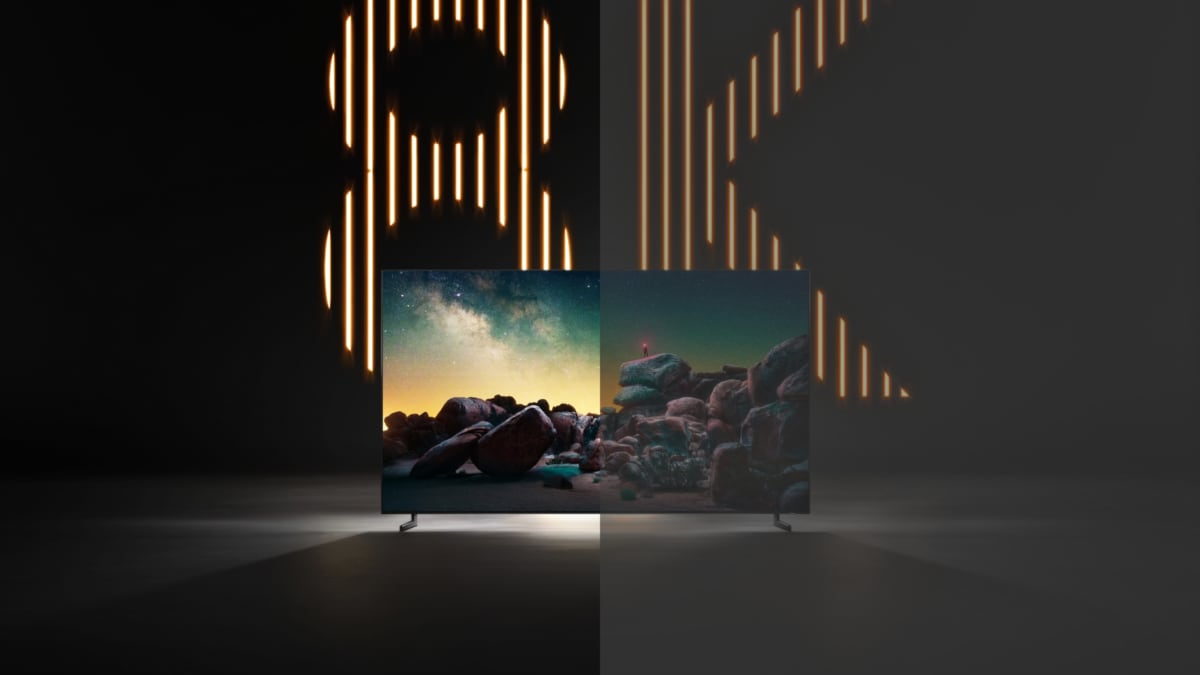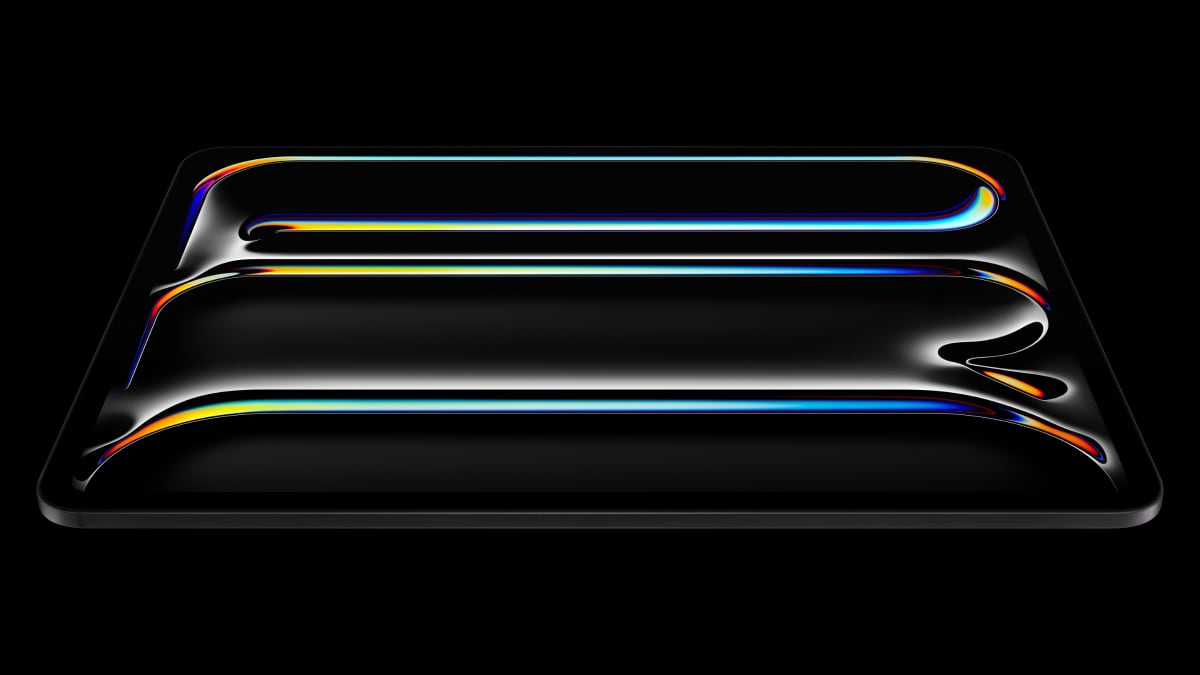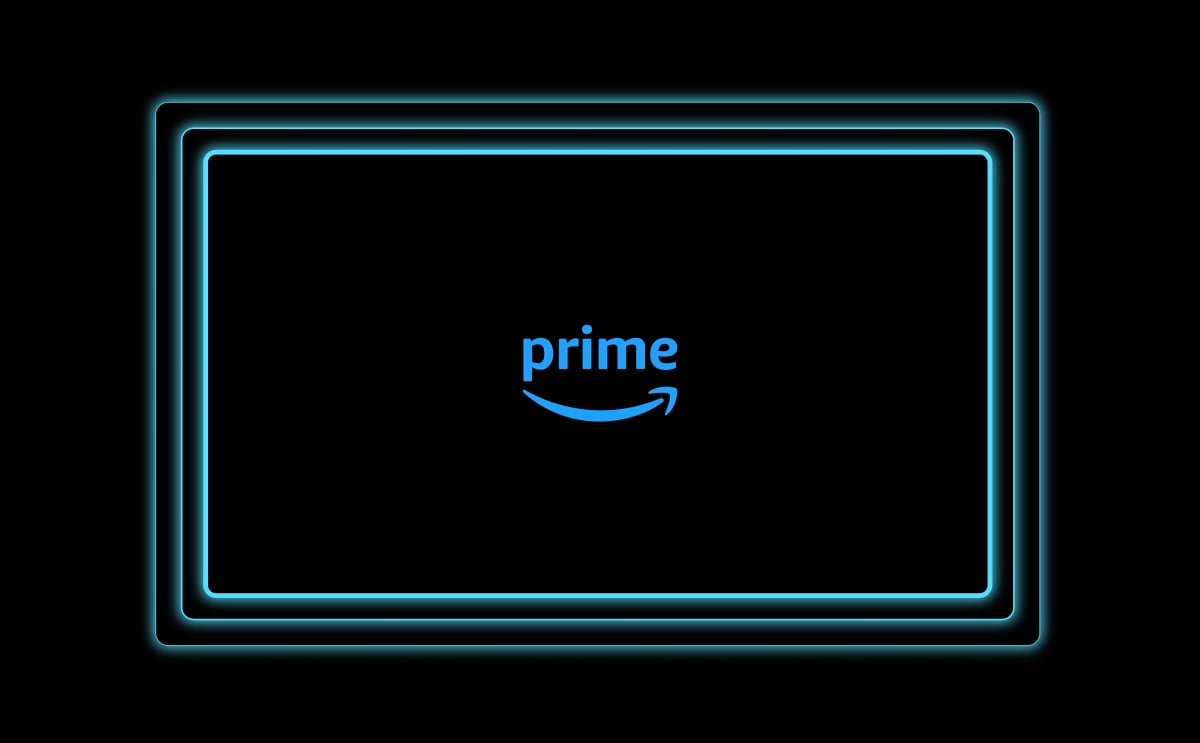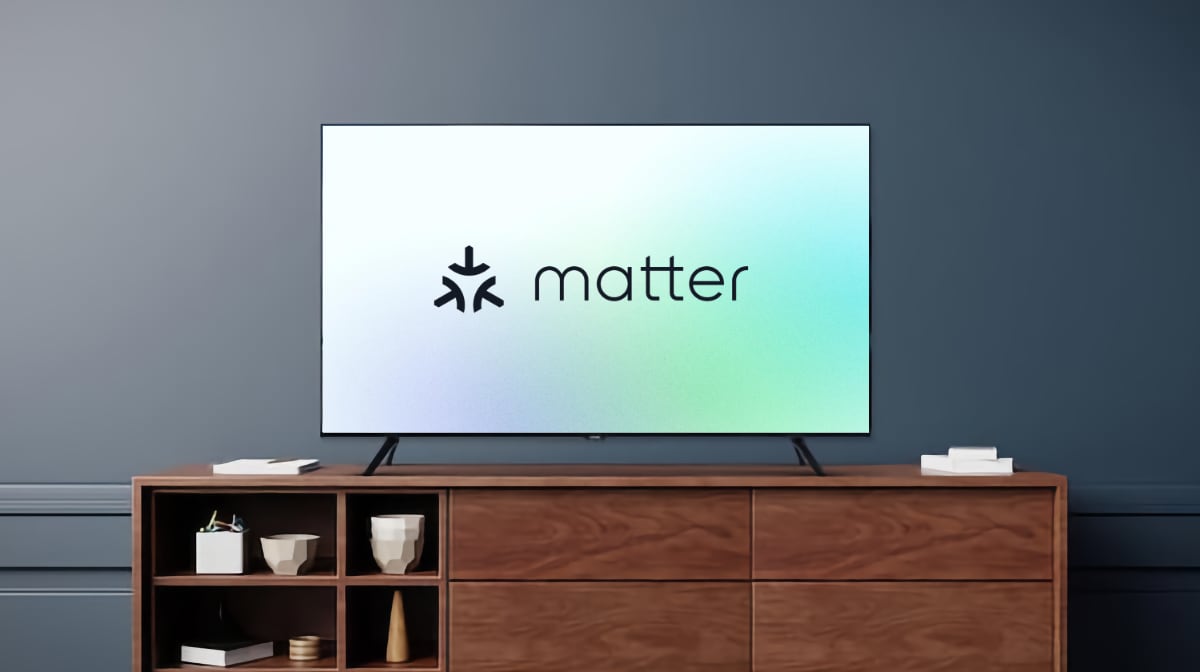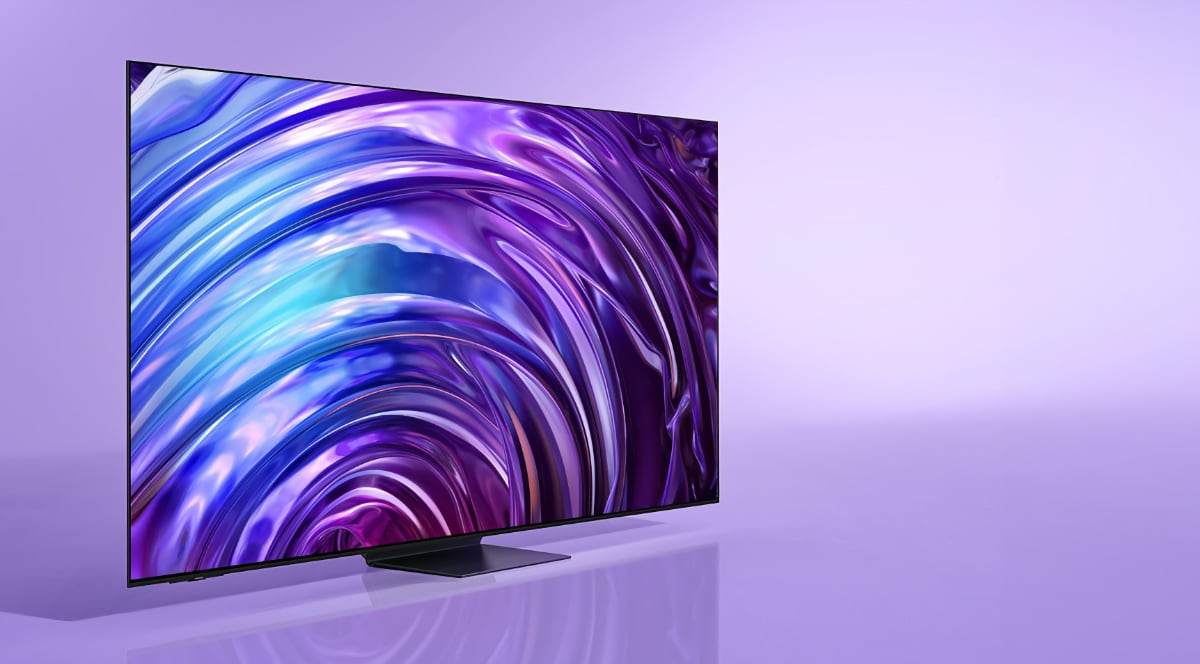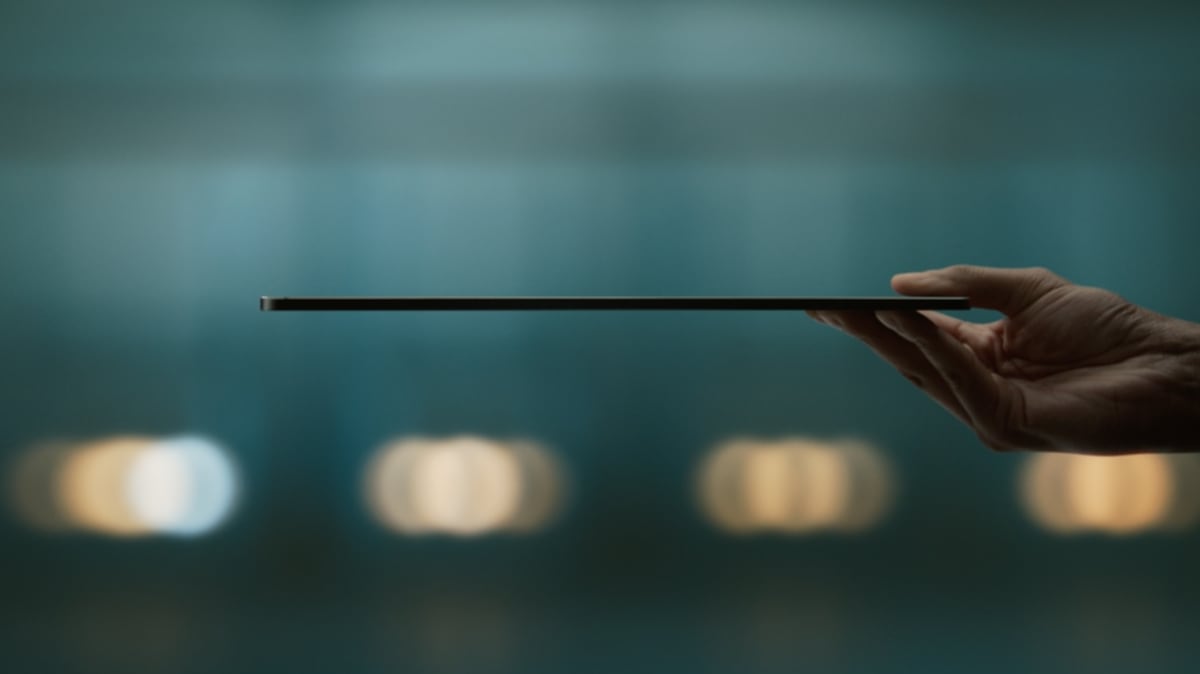While other TV makers abandon or simply ignore 8K, Samsung continues to try and nurture the market even when it involves drastically reduced picture quality in default mode due to the EU's new energy regulation.
Samsung will in 2023 launch three new 8K LCD TV ranges that must comply with the European Union's strict new energy regulation, which went into effect on March 1, 2023. The updated law no longer exempt 8K TVs (or microLED) from having to live up to the Energy Efficiency Index (EEI).
For example, a 65-inch TV (8K or 4K) can consume a maximum of 112W in SDR with the default picture settings, and a 75-inch TV a maximum of 141W.
8K LCD TVs, or "Neo QLED" as Samsung likes to call its most advanced LCD TVs, are notoriously energy inefficient partly due to the 8K LCD panel letting less light pass from the LED backlight (so LED brightness must be increased a lot) and partly due to having four times as many pixels as a 4K LCD TV.
A new Eco picture mode
How has Samsung solved the problem? By sidestepping it. The 2023 8K TVs do not use new display technology. Samsung has instead created a new 'Eco' picture mode, which the TVs will ship in, with drastically reduced brightness and picture quality, according to a report by Forbes.
- "Essentially Samsung has had to ship its new 8K TVs with their brightness set to substantially lower levels in their new default, out of the box picture preset than their screens are capable of delivering. Not only that, but the brightness settings for these out of the box low power presets are locked in, so that end users can’t adjust them," reported John Archer, Forbes. "Some of Samsung’s 2023 8K models will apparently also need to set their local dimming systems to Low rather than Standard in the default picture preset to stay within the EU’s power requirements."
Samsung's flagship QN900C reportedly had brightness set to just 8 out of 50 while another model had brightness set to 15 out of 50.
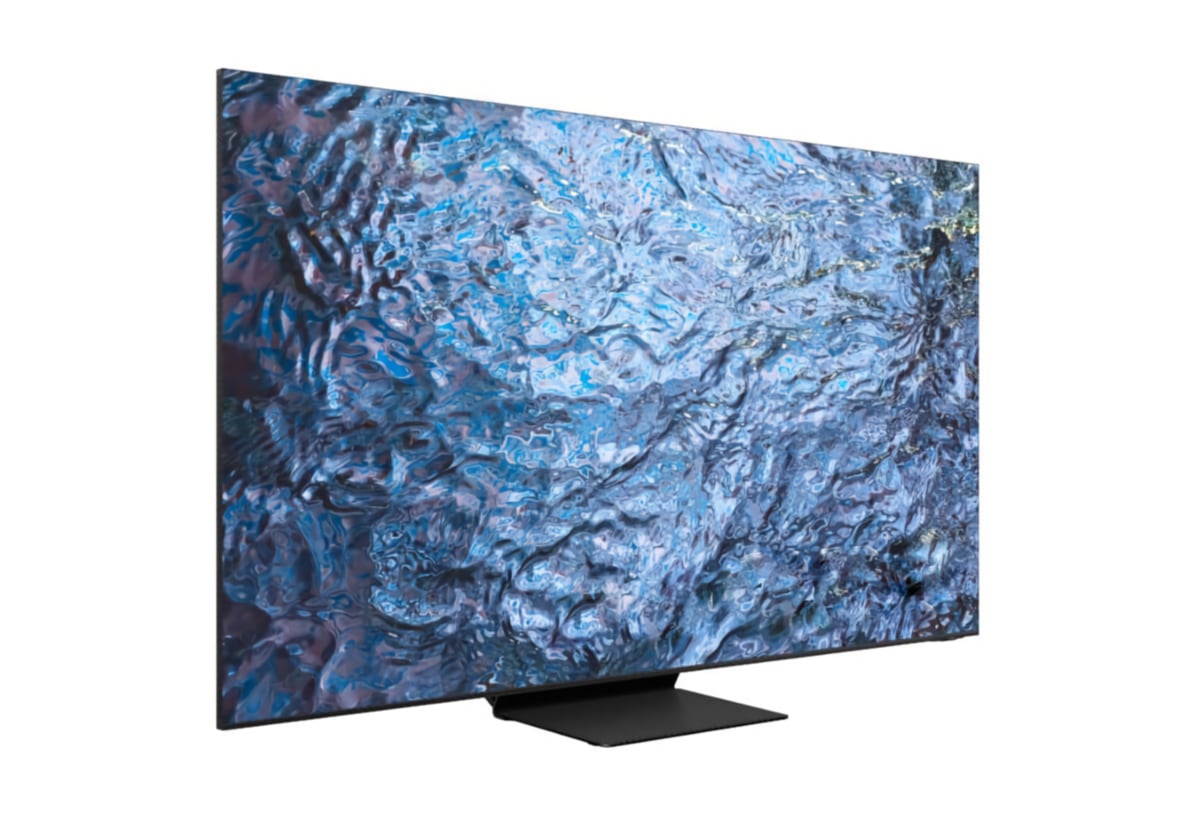
Samsung's 2023 QN900C is similar to the 2022 QN900B but a lot dimmer in its default picture mode
You can change the picture mode
However, as reported by FlatpanelsHD in October 2022, the user can still manually switch the 8K TV into one of the normal picture modes to unlock the picture quality potential by accepting an on-screen prompt outlining the substantially increased energy consumption levels. This was reconfirmed by Samsung to Forbes.
Surprised? You shouldn't be because it really is not much different from some of today's 4K TVs in Europe that already ship either in 'Eco' mode or with toned-down picture settings and light sensors engaged. You must remember to tweak those picture settings.
Also read: List of calibration settings for TVs
It is a loophole that the EU is seemingly willing to keep open for the time being.
The EU has implemented the new energy laws to encourage over the long term TV makers to develop and design more energy efficient displays, which is the path to better displays. Time will tell if Samsung has what it takes to rise to the 8K challenge, which involves abandoning "LED, "QLED", "Neo QLED" or whatever it calls antiquated LCD technology nowadays.
2023 Samsung 8K LCD TVs
FlatpanelsHD

